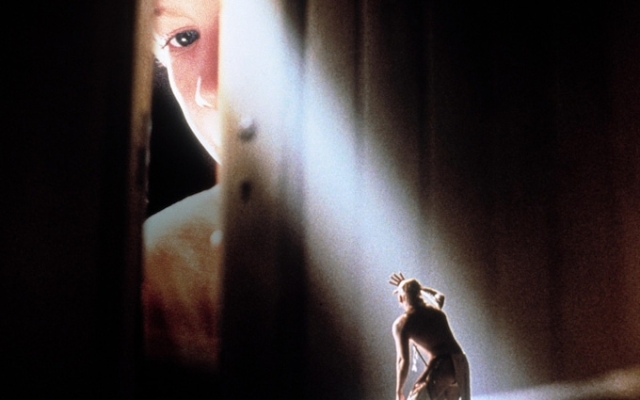 Scene from Frank Oz's The Indian in the Closet
Scene from Frank Oz's The Indian in the Closet
The recent death of writer Lynne Reed Banks at the remarkable age of 94 has led to the usual outpouring tribute to any famous writer. Particular critical attention was paid to her first novel, 1960's The L-Shaped Room, a sympathetic tale of a young unmarried mother that went on to become a huge bestseller and established Banks as one of the preeminent authors of her era. However, the book she read most during her lifetime, 1980's The Indian in the Closet, was the elephant in the room when it came to discussing her work.
Although it spawned four sequels that collectively sold tens of millions of copies, as well as a major Hollywood film in 1995, it was controversial, mainly for its depiction of Native Americans, leading one librarian to denounce it as suggesting their characterization as nothing more than «bloodthirsty, inhuman monsters».
Yet whether this was an accurate account of Banks's novel, or whether she — a lifelong liberal politician who abandoned her life on an Israeli kibbutz out of fear of the «religious narrowness» of right-wing politics in the country — had fallen victim to an oversensitivity decades before how did such things become commonplace? And how, given the controversy surrounding the novel in the early nineties, did a major Hollywood film studio decide that a film adaptation of the book was a good idea, with even its director calling it «the most cerebrally complex movie I've ever seen made»?
After the success of The L-Shaped Room and subsequent life in Israel, Banks continued to write primarily adult novels, including a sequel to her biggest hit, Back Shadow. They were all received respectfully, but without the adulation she received early in her career. She thought her best book was the non-fiction book Letters to My Israeli Sons, published in 1979, but, as she later said in an interview, “it created a real sensation.” She became interested in children's fiction and thought her 1978 «autobiography of a self-taught hamster,» I, Houdini, would be a hit, but it was no more successful than any of her other recent publications.
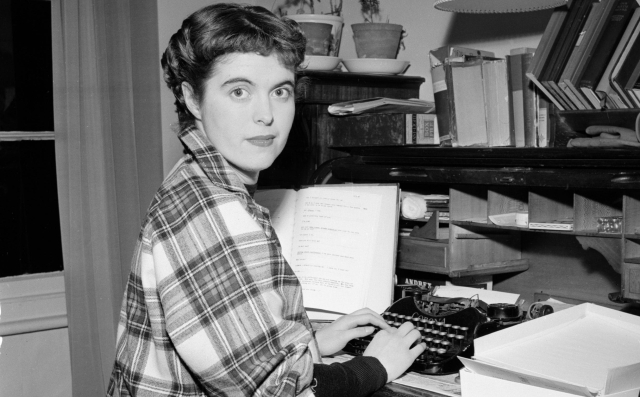 Lynn Reed-Banks in 1956 Photo: Getty
Lynn Reed-Banks in 1956 Photo: Getty
Amid growing murmurs from her publishers that she was no longer a commercial prospect, she got into a conversation one evening with her eight-year-old son Omri about the tin medicine cabinet in their bathroom, which he described as disgusting and unpleasant. Blaming him for his lack of imagination — «There's no magic in new things, Omri» — Banks seized on this to invent a fantasy saga that focuses on a fictional version of Omri, who, on his ninth birthday, is disappointed to have been given a plastic figurine on purpose. stereotypical Indian warrior.
After placing the figurine in his grandmother's jewelry box, Omri awakens the next day to discover, to his mixed joy and surprise, that the model has transformed into a living three-inch-tall Iroquois Indian and that he is known as Little Bear. .
There were obvious dangers in terms of cultural appropriation and falling into noble savage clichés, but Banks tried to tackle them head on; Omri is repeatedly shown to be ignorant of the history and traditions of the Iroquois tribe, and Little Bear and his people are portrayed with dignity and understanding.
When cowboy character Boone comes to life and treats Little Bear with contempt and calls him «wild» and «dirty», he takes a well-deserved arrow to the chest: a reminder that Banks had no interest in writing a traditional cozy children's book, even though she noted that she works in a well-trodden genre. «The Indian is in a long line of stories about miniature creatures, and to avoid another Pinocchio, I had to give him a real life somewhere else so that he would have a ready-made personality once he showed up.»
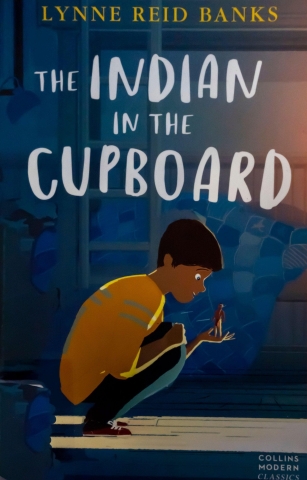
The book, to Banks' surprise, was a huge success: about 15 million copies were sold, and the New York Times called it «the best book of the year.» As the author later put it: “One evening a long-distance caller said that the rights to [the book] in paperback had been sold at auction for a lot of money, so I thought maybe they knew something I didn’t—and they did. done! It became popular, won awards and made me a fortune.”
Although, in her opinion, the film did “okay” in Britain, in America it received many prestigious awards. Banks herself was no wilting violet when it came to self-promotion, nor was she when it came to creating fantasy worlds. As her former editor Vanessa Hamilton tactfully put it, «Lynn is passionate about deal-making and marketing… she's smart about kids and knows what keeps them entertained.»
So it may have come as a surprise to her that the wave of approval she had been riding on died down in the early nineties. In 1991, two members of the American Library Association, Naomi Caldwell-Wood and Lisa A. Mitten, suggested that The Indian in the Closet should be criticized rather than celebrated, arguing that it promoted «appalling stereotypes about Native Americans» and that «Banks created his own “Indian” character from the mixture of harmful clichés so common among British authors.”
Rather than being seen as a naive character who was taught valuable lessons by Little Bear, Omri was now seen as a white supremacist in training, a miniature paternalist whose treatment of Native Americans was little better than that of 19th century colonizers. One Native American librarian, Doris Seal, even wrote in 1992: “My heart goes out to the Native American child who was unfortunate enough to stumble across these books and read them. How could she read this without getting hurt? How could a white child not believe that he was far superior to the bloodthirsty, inhuman monsters depicted here?”
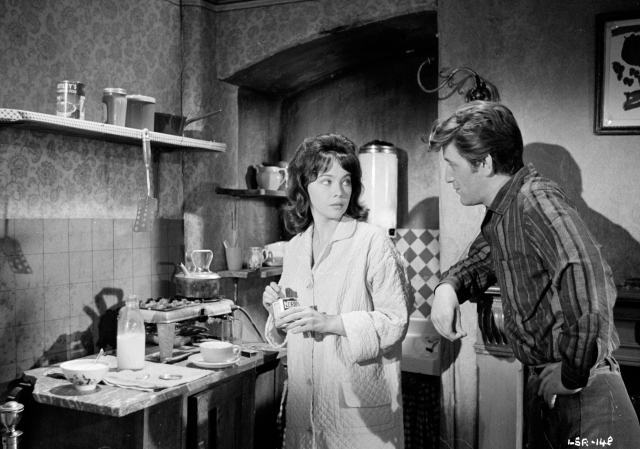 Leslie Caron and Tom Bell in the 1962 film adaptation of The L-Shaped Room. Photo: Alami
Leslie Caron and Tom Bell in the 1962 film adaptation of The L-Shaped Room. Photo: Alami
Banks responded to the emerging controversy with a typically hard-line stance, saying in a 1994 interview: “Teachers in Alaska point out that he is a stereotype, but if he was too different from the generally accepted idea of an Indian, especially children, he would not have had an impact.”
Perhaps unintentionally, she even suggested that her writing had been even more problematic when she was younger. “When I look at books I wrote years ago, I find stereotypical aspects that I never thought about. I think I was a victim of my own upbringing, and now I’m blushing at some of the things I said about the black guy in the L-shaped room.” When the interviewer asked her if she was going to address the difficult issue of cultural relations, Banks brushed it off. “You attribute too much subtlety to me. Writers work intuitively.”
However, she had to face challenges or face disaster. She attended a meeting with the Blackfeet Indians in Montana in 1992, an experience she called “horrible.” «They really objected to my using the term 'grunt' for some of the things Little Bear says,» she complained. «They claimed that no white person had ever been described as grunting.» Although she admitted that she «probably would not have written this book the way I wrote it now,» she did not allow her publisher to include any note of regret about the book's contents. “I said they can't interfere with my book. I will sue them through every court.” As might be expected, she triumphed and later exclaimed: “That was the end.”
After three sequels were published, the film rights to the first book were sold to Paramount Pictures, who hired performer and Muppet director Frank Oz to direct it. Banks initially wasn't sure the book would become a movie, but with a combination of charm and a big paycheck, Paramount and Oz convinced her they could come up with something that would both do justice to her original novel and command the respect of many authors. criticism that has been leveled at him in previous years.
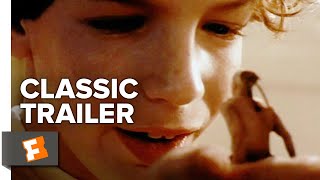
The actor who played Little Bear, Lightfoot, was a Native American musician who was spotted performing at a concert in Rome. He suggested hiring a consultant on Onondaga history and culture to make his performance more culturally appropriate, which Oz happily agreed to. Melissa Mathison, the screenwriter of E.T., was hired to adapt the novel, and early rumors suggested that the film would be nothing more than a spiritual successor to that masterpiece. Except, of course, for the inevitable problems.
Speaking in 2000, Oz said of the production that it was a «logistical nightmare» due to the need to combine live action with special effects. Today such things are relatively commonplace, but back when computer graphics was still in its infancy, it was much more difficult. “It was mentally tough for me to play the Indian in the Closet,” Oz said. “We had five months of filming the first block, and then for six months we had a blue screen for the second block, and I went from set to set — along with my team … I actually remember that it was a very intimate film, which is what I wanted, but to be honest, it was extremely important.”
It didn't help that Banks wasn't content to take her check and wave to the filmmakers, but instead wanted to be directly involved in the process. She was horrified by Bryan Forbes' film adaptation of The L-Shaped Room and refused to speak to him for 30 years, so Oz, previously responsible for such successful films as Dirty Rotten Scoundrels and Little Shop of Horrors, discovered that yourself with a cool employee.
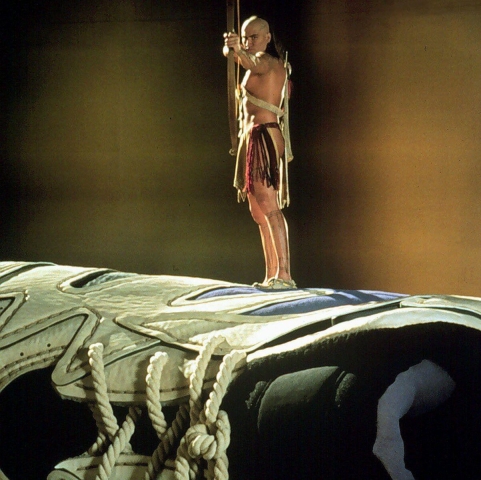 Litefoot in the movie «The Indian in the Closet» Author: Alami
Litefoot in the movie «The Indian in the Closet» Author: Alami
Hamilton tactfully said of her that «she liked the one who argued with her.» Indeed, Banks became famous among literary publicists for her tendency to call them in the middle of the night from any hotel she was staying at and demand that they bring her a drink. She was a determined presence on set and later said, «They gave me a wonderful director's chair… I was determined to enjoy that side of it, and I did.» Only a tactless person would suggest that her contribution was more than the director or studio could have expected.
After its completion, Paramount panicked. They spent $45 million (a significant sum in 1995) on an adaptation of a best-selling but recently controversial children's book, without any major stars (the biggest name in the cast was Oscar-nominated Lindsay Crouse; Steve Coogan appears in role about the English soldier Tommy Atkins, then unknown in the States) and with a director who, by his own admission, was uncomfortable in this genre. As Oz later said, “I'm not a children's director… I wouldn't know how to make a children's film. I didn’t know what children wanted when I was a child, and I don’t know at 50 years old. I just try to make good films.»
Amid rumors, denied by Oz, that the film was taken from him by then-Paramount president Sherry Lansing and forcibly recut after disastrous test screenings (“She was afraid that the unfinished film, which had cost so much money, would be seen people, and the Internet will start criticizing him without giving him a chance»), the director was forced to abandon the choice of composer and hire another.
However, his hiring was beneficial in one respect: having played Yoda in the Star Wars films, he had a direct connection to George Lucas, and when the studio wanted to use Darth Vader as one of the toys in the film, it was just a matter of to call your friend and get consent.
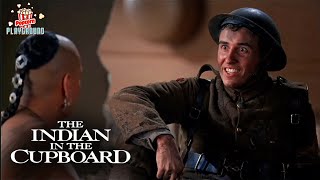
Despite groundbreaking special effects that still hold up superbly today, the film was not a commercial success and was received rather lukewarmly by critics, who said it lacked the wonder of the book. Roger Ebert's opinion that it «wasn't uplifting or exciting or funny in the way that ET» was turned out to be typical. It didn't help that Banks was lukewarm at best about its promotion, commenting to one journalist: «I think it's a good movie. I’m just talking about this now… So I’m not going to criticize you about it.” However, from her point of view, it kept her book in the public eye and sales remained strong over the years.
There was also an amusing postscript showing another side of the usually mild-mannered Oz, tormented by the combination of the studio and Banks. One film critic, Andy Spletzer, suggested in his review that the relationship between Omri and Little Foot was a metaphor for gay awakening. An enraged Oz called Spletzer and, in language that would make his most famous character Miss Piggy blush, called him a “fucking horse's ass.”
“It just gnaws at me when I see the little people working in these little newspaper shops , all of a sudden I think they’re experts in film and film, and they understand history,” he continued. Calling Spletzer a “fucking moron,” he ended with a mercifully unfulfilled threat. “I'm going to be in Seattle in about two weeks. I hope I have a chance to meet you.»
If Banks had known about this, she might have found it funny or approved of the belligerence. After all, she was known to love a fight.

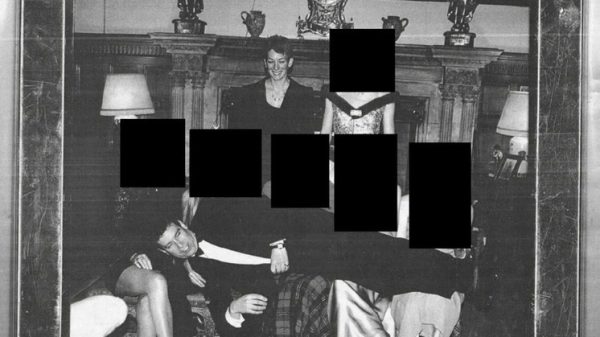

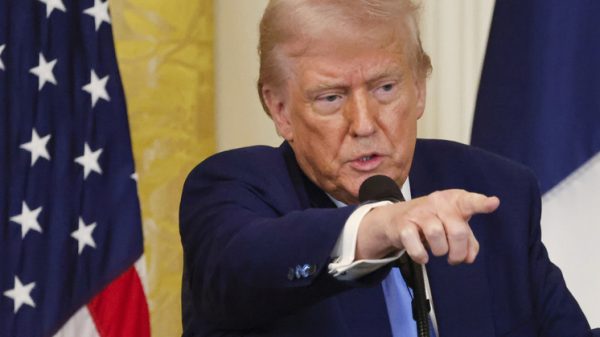








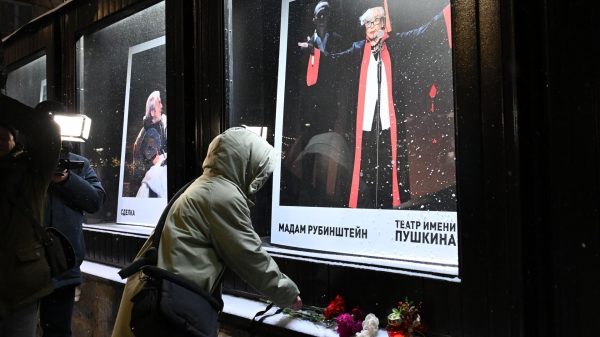


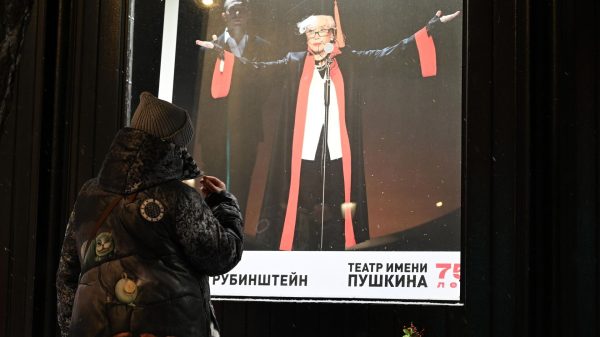
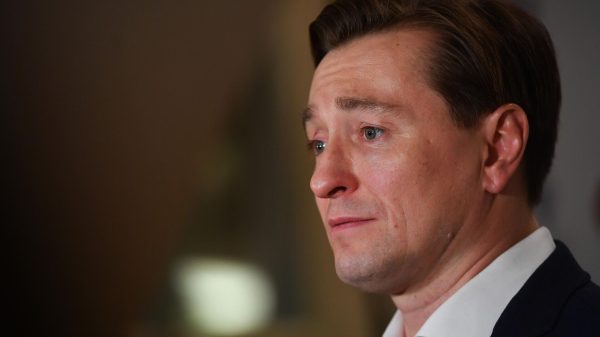



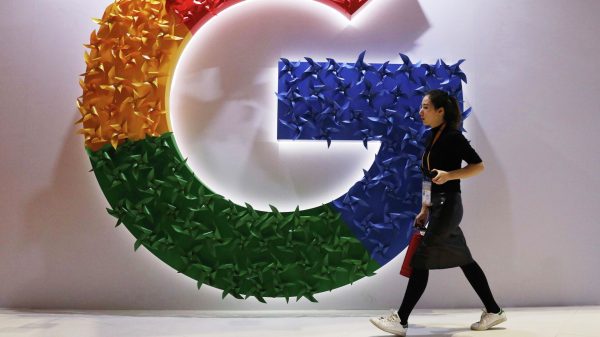



















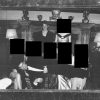














Свежие комментарии